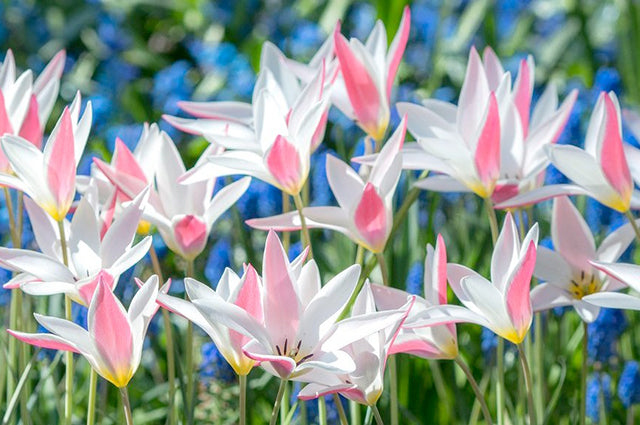
Best naturalising Bulbs for a beautiful English garden
Gardening with bulbs doesn’t have to be hard work. There are certainly bulb varieties that should be planted from fresh bulbs every year, but there are also garden beauties that will pop up by themselves every year ready for some flowering action. These bulbs are called “naturalising bulbs”, and you may be surprised to find out just how many species and varieties you can use in this way.
 Botanical Tulip Lady Jane™ + Muscari Armeniacum
Botanical Tulip Lady Jane™ + Muscari Armeniacum
Botanical Tulips
For the sake of simplicity, let’s look at tulips under two broad categories. You get hybrid tulips that have been bred for outstandingly showy blooms and botanical tulips that are really the ancestors of the hybrid tulips. Some tulip hybrids will perform well for more than one year, but many of them will give you disappointing blooms if you try to get a second round of flowers.
Botanical tulips are different. Although a certain amount of breeding and selection has taken place, they’re still very close to the pretty wild flowers that first inspired tulip breeders. You can rely on them to return with a gorgeous display of blooms every year.
Narcissus
Many of the daffodils, jonquils and narcissus varieties are just as good at making themselves at home in your garden. You can get a lovely show of spring colour year after year without going to a great deal of trouble. Simply plant them once, and enjoy them for years to come. For naturalising, we recommend the “Rockery Narcissi” as being top of the pops. Use them to create your own meadow of spring blooms.

Yellow Crocus + Crocus Flower Record
Crocus
Despite their delicate-looking blooms, Crocus are reliable naturalising standbys in your garden. Some people even plant them in low-traffic lawn areas. You’ll have to avoid cutting your grass for a while, but the natural look is absolutely stunning. Once again, the botanical crocus varieties are the most reliable naturalizers.
Snowdrops and Leucojum (Summer Snowflake)
These two plant swill give you fresh, green and white blooms at different times of the year. Snowflakes are among the first blooms to welcome the spring, and they’re a must for lifting your spirits during those still-chilly early spring days.
Summer Snowflakes bloom much later, and they’re among the few bulbs that will tolerate soggy soil – lovely for planting beside ponds where they can admire their own reflections.
Bluebells and Spanish Bluebells
Talk about easy-going yet beautiful plants! Both of these Bluebells varieties are very happy to turn areas under deciduous trees into “bluebell woods” that would inspire any poet. However, if you live close to a natural woodland area, it’s best to choose the real English Bluebell because the Royal Horticultural Society warns that the Spanish ones are inclined to “escape” taking away valuable habitat from natural species.
Irises
Most Irises will naturalize well. The Dutch Irises are among the best of these, and their showy blooms appear at a time when your spring flowers have mainly finished blooming while your summer flowers aren’t quite ready yet.
Muscari (Grape Hyacinth)
Whether you use them as a foil for other spring flowering bulbs or on their own, Muscari are a real asset to your garden. The fact that they keep coming back for an encore makes them a really economical choice. People will wonder how you get your garden looking so nice each spring, and you can pretend that you really had to work very hard to get that gorgeous result.
Closing thoughts
The main ingredient for success with most naturalising bulbs isn’t back-breaking work, but the choice of a well-drained soil that won’t encourage rotting during dormancy. Find the right spot, and you’re in for an annual treat when last spring’s pretty flowers re-visit your garden.


























































































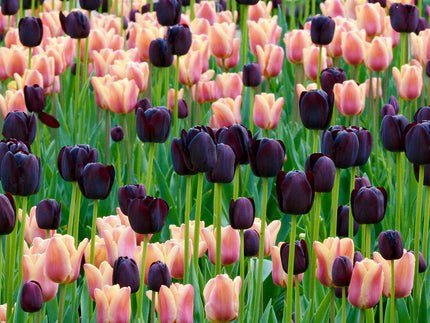
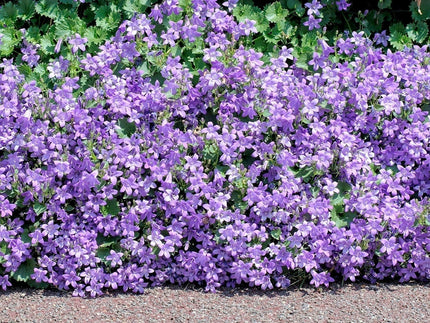
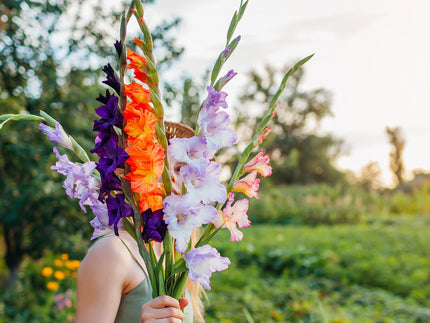
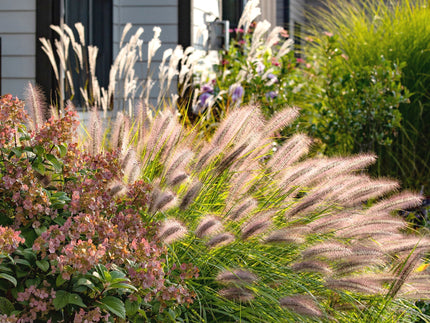
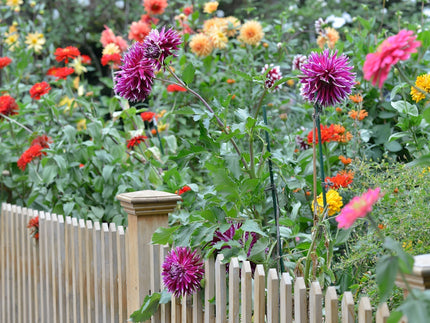
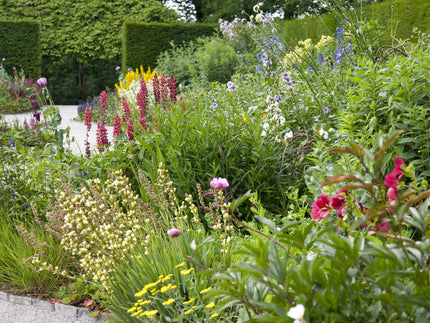
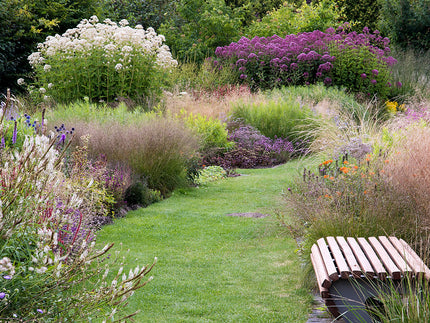
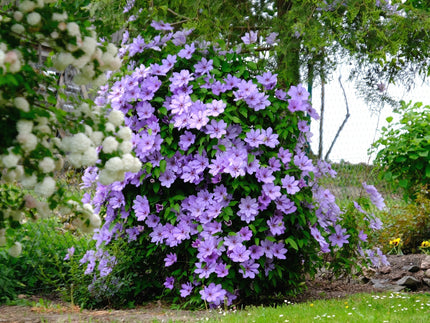
3 comments
Bluebells don’t like their leaves to be trampled. The leaves last much longer than the flowers, best to find a spare corner. They like sunshine but need some shade as well.
Can bluebells grow in the lawn like daffodils?